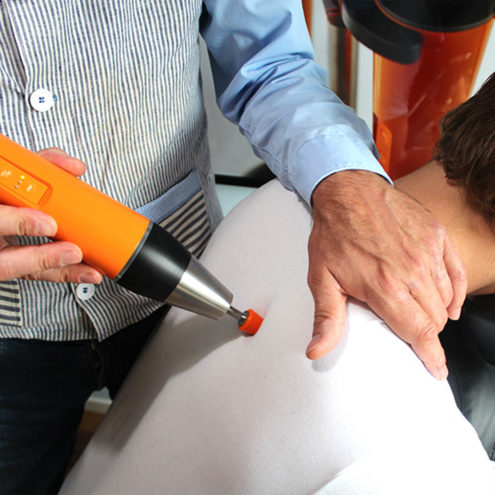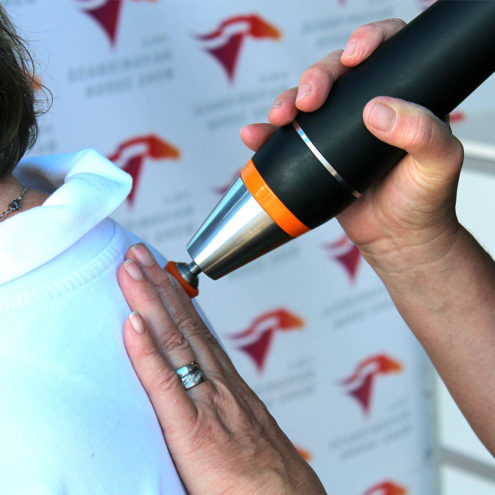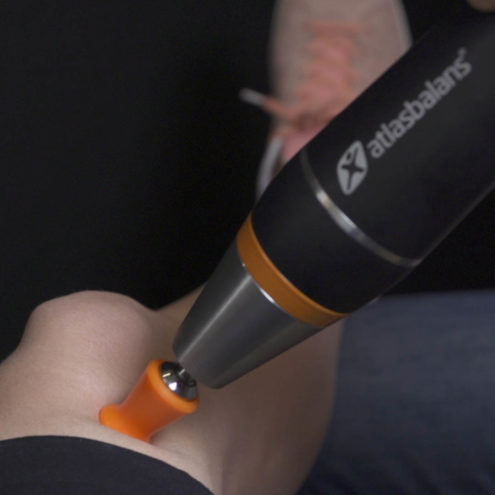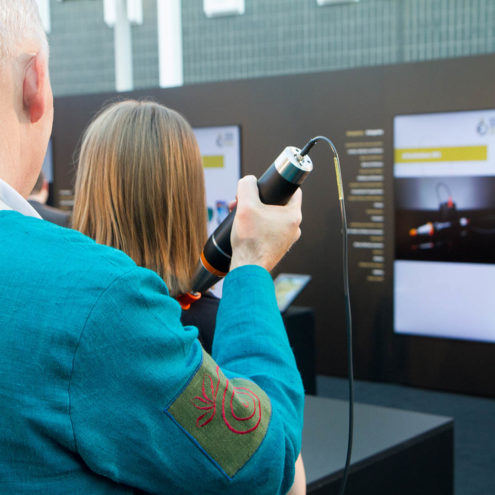Patellar Luxation: Symptoms and Treatment
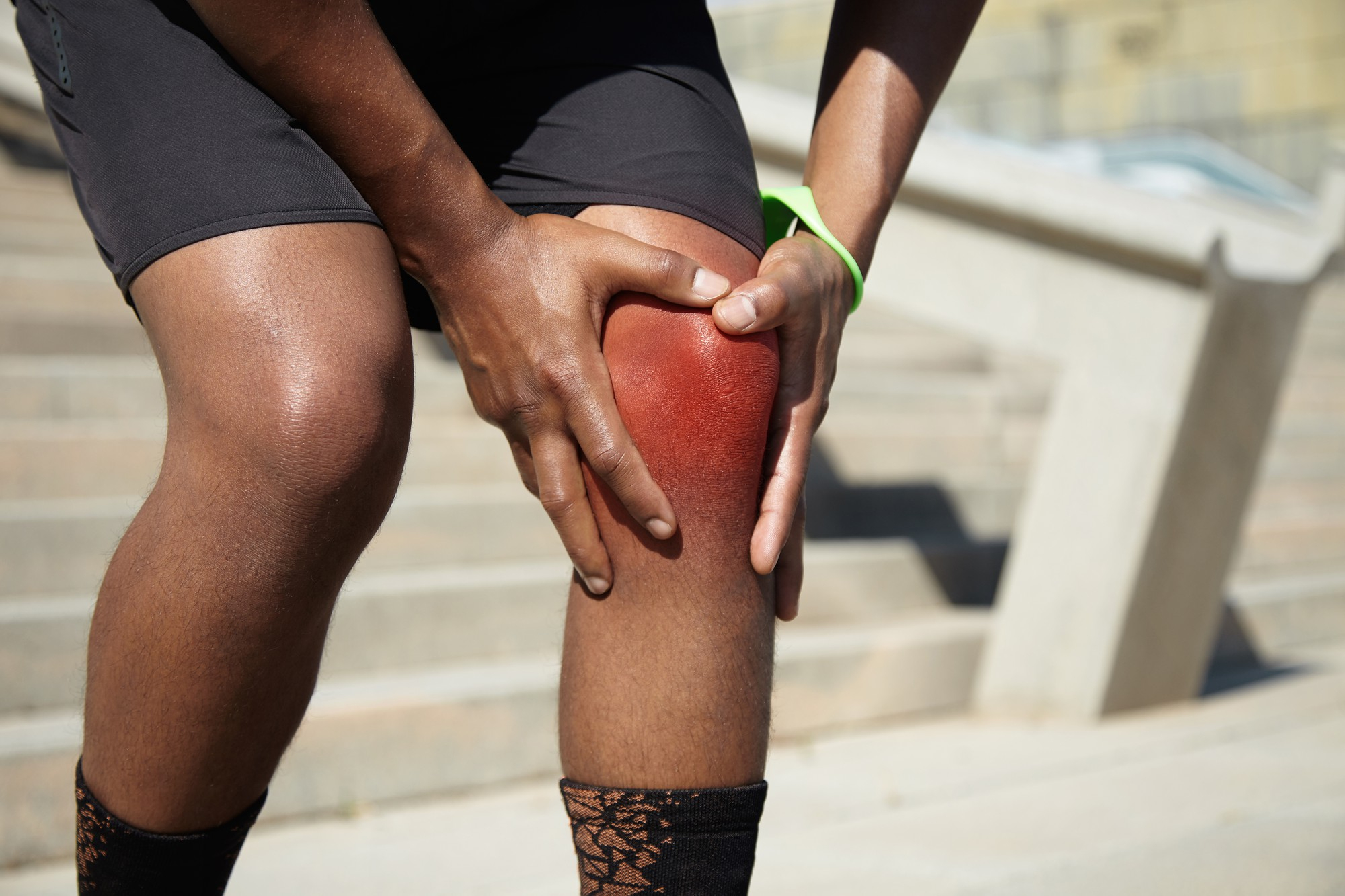
Patellar luxation, also known as kneecap dislocation, is a painful and potentially serious condition that involves the displacement of the kneecap (patella) from its normal position. This article will provide a detailed overview of what patellar luxation is, the symptoms one may experience and the different treatment options available. In addition, we will explain how Fascia Clinics can help you manage and rehabilitate this condition.
What is patellar luxation?
Description of patellar luxation and its characteristics
Patellar luxation means that the kneecap is displaced from its normal position in the knee joint. Normally, the patella lies in a groove on the femur, but in a dislocation it slips out of this groove, usually to the side. This can happen as a result of trauma, such as a sudden twisting of the knee, or because of a congenital anatomical weakness.
Patellar luxation is often characterized by a sharp pain in the knee when the kneecap is moved, followed by a distinct deformity of the knee where the kneecap is visibly out of place. This condition can cause significant swelling and restriction of movement, making it difficult to walk or perform daily activities.
Difference Between Patellar luxation and Subluxation
A subluxation is a partial displacement of the kneecap, where the kneecap only partially returns to its normal position after dislocation. While a complete dislocation means that the kneecap completely leaves its normal position, a subluxation means that the kneecap temporarily moves out of place but then partially returns. Both conditions can cause pain and instability, but subluxations can be less traumatic and more recurrent than complete dislocations.
Symptoms of patellar luxation
Sharp pain in the knee on dislocation of the kneecap
One of the most noticeable symptoms of patellar dislocation is sharp and intense pain in the knee. The pain occurs immediately when the kneecap is moved from its normal position and can be so severe that it makes it impossible to put weight on the leg. The pain can sometimes spread to the surrounding areas, including the thigh and lower leg.
Swelling and tenderness around the kneecap
After a patellar dislocation, it is common to experience swelling and tenderness around the kneecap. The swelling is caused by inflammation and possible bleeding in the knee joint as a result of the injury. The tenderness usually occurs around the dislocated kneecap and can make it painful to touch or press on the area.
Instability or feeling of the kneecap popping out of place
Another common symptom is a feeling of instability in the knee, as if the kneecap could pop out of place at any time. This instability can lead to feeling unsteady when walking or trying to stand on your leg. For some people, this can feel like the knee is buckling or not supporting their weight properly.
Treatment of patellar luxation
The R.I.C.E method (rest, ice, compression, elevation)
An immediate measure to manage pain and swelling after a patellar luxation is to use the R.I.C.E method. This stands for rest, ice, compression, and elevation:
Rest: Avoid putting strain on your knee and keep it in a still position to avoid further injury.
Ice: Apply ice to the injured area in 20-minute intervals to reduce swelling and pain.
Compression: Use an elastic bandage to provide support and reduce swelling.
Elevation: Keep the knee elevated above heart level to reduce blood flow to the injured area, which helps reduce swelling.
Restoring the position of the kneecap
Restoring the position of the kneecap is a critical part of the treatment for a patellar dislocation. This can be done manually by a doctor who gently manipulates the patella back to its normal position. In some cases, this may require the use of pain-relieving medication or muscle relaxants to make the procedure more comfortable.
After the kneecap has been reset, it may be necessary to use an orthosis or splint to keep the knee stable while it heals. Physiotherapy may also be necessary to restore range of motion and strength in the knee.
Rehabilitation exercises
Rehabilitation exercises are essential to strengthen the muscles around the knee and prevent future dislocations. These exercises focus on improving strength, flexibility and balance in the leg. Common exercises include:
Quadriceps exercises: To strengthen the front of the thigh and provide better support for the kneecap.
Hamstring exercises: To strengthen the back of the thigh and improve knee stability.
Balance training: To improve the proprioception of the knee and reduce the risk of future injuries.
It is important that these exercises are performed under the supervision of a physiotherapist to ensure that they are performed correctly and that they do not cause further injury.
How can we help you with your patellar luxation?
At the FasciaClinics, we take a holistic approach to treating the knee joint. Our team of therapists use fascia therapy, a type of wellness treatment to relieve tension and pain in the body. The fascia is the network of connective tissue that binds and permeates everything in our body. All cells, tissues (even bone), muscles and organs contain fascia.
Fascia treatment focuses on releasing tension and adhesions in the fascia and increasing its flow. By reducing pressure and increasing circulation, cell membranes can more easily absorb nutrients and release waste products. In this way, fascia treatment can promote the body’s own healing. The treatment is pleasantly relaxing and painless. It gets the whole body flowing and helps you balance your posture so that the body is evenly loaded.
During a visit, we analyze the whole body to see where compensations and imbalances are and how they have spread. If there is an imbalance in the body, there is a risk that it will spread and affect other structures such as muscles and joints. That’s why it’s very important to seek help quickly as soon as you notice any symptoms.
A fascia treatment for patellar luxation involves balancing the body to make the load on the knees more even. Fascia treatment is performed after the patella has been repositioned by a doctor. A more even load will reduce the wear and tear on the muscles and other structures of the legs. This can reduce the risk of sustaining further injuries and increase the body’s recovery.
In the meantime, it is very important to follow the recommendations of your healthcare professional while you are undergoing fasciitis treatment in order to return to your activities as soon as possible.
 Search
Search




